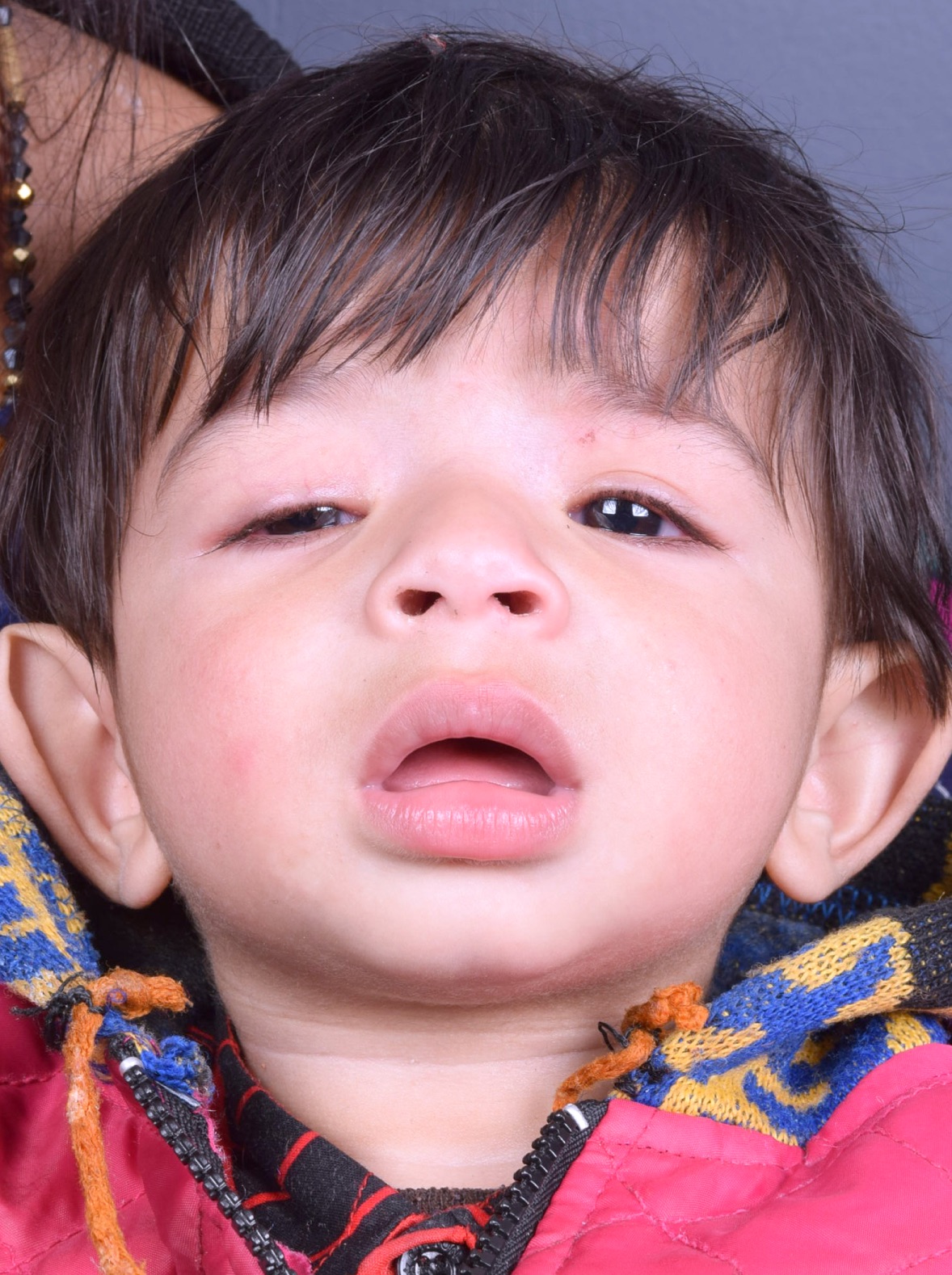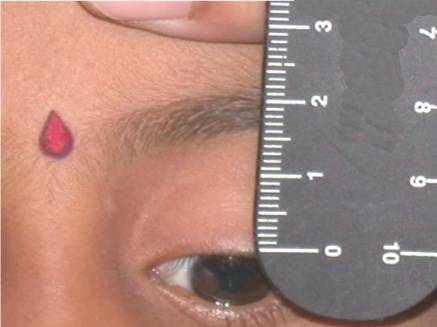 Introduction Droopy eyelid (ptosis) in a child can worry the parents. It can not only become a hindrance to the normal development of vision, but is also a social stigma or cosmetic blemish. The eyelid muscle may simply fail to develop, or there can be other abnormalities along with it, like Jaw winking, or a squint. In early life, a droopy eyelid can affect vision leading to a lazy eye (amblyopia).
Introduction Droopy eyelid (ptosis) in a child can worry the parents. It can not only become a hindrance to the normal development of vision, but is also a social stigma or cosmetic blemish. The eyelid muscle may simply fail to develop, or there can be other abnormalities along with it, like Jaw winking, or a squint. In early life, a droopy eyelid can affect vision leading to a lazy eye (amblyopia).
Consultation  Evaluation of ptosis in a child is challenging. Kids can often be uncooperative during a check-up, and standard vision assessment charts cannot be used for all. Assessing vision using special charts (Teller-Acuity) is very important. Additionally, critical eyelid measurements, refraction, and checking for a squint or jaw winking is very important. Hence an actual check-up is far more informative than just photographs.
Evaluation of ptosis in a child is challenging. Kids can often be uncooperative during a check-up, and standard vision assessment charts cannot be used for all. Assessing vision using special charts (Teller-Acuity) is very important. Additionally, critical eyelid measurements, refraction, and checking for a squint or jaw winking is very important. Hence an actual check-up is far more informative than just photographs.
Does every child require a surgery? Ptosis can be mild, moderate, or severe, and hence it may or may not hamper development of normal vision. Not every child requires urgent correction of ptosis. Surgery is required at the earliest only if the vision is directly affected by the eyelid. If vision is normal, surgery can be delayed until the child wants the correction cosmetically. This can be delayed, until the child begins school or pre-school, where socializing begins, and normal looks matter for peer acceptance. Some children who are not bothered by their appearance, can delay surgery indefinitely if it is not affecting vision.
Surgery options When surgery is required, the choice of surgery depends upon the severity and measurements of the droop.
1) Frontalis Sling surgery: This is the most commonly performed surgery for children under 4-5 years of age. The eyelid is simply connected to the eyebrow muscle (frontalis) to lift it. This is very much similar to a curtain string, which holds the curtain up! The material used to connect the eyelid to the eyebrow muscle can be a suture or silicone thread. Sling surgeries are not permanent, and the eyelid often droops in a few years due to constant blinking and gravity. A sling surgery therefore, is comparable to the batteries in a torch, that require replacement, albeit every 2-4 years. A patient who needs a sling surgery may therefore need multiple revisions of the surgery over his/her lifetime. The good news however, is that the same scars can be used for multiple revisions
2) Levator resection: In children older than 5 years of age with moderate droop, the muscle that lifts the eyelid (levator) can be tightened if they are cosmetically conscious of their droopy eyelid. The scar remains hidden in the upper eyelid skin fold.
Recovery Time For ptosis surgery in children, general anaesthesia is preferred and hence, one day admission is needed. Most children can get back to normal activities and school within 6-10 days.
How perfect is the surgery? In children, in 90+ % cases, the ptosis surgery is performed to allow normal development if vision. Cosmetic perfection is not the goal, and hence realistic expectation is important. The dynamic natural features of a normal eyelid cannot be totally replaced. The eye will appear slightly droopy in upgaze, and slightly wider in downgaze. Also, the eye closure will be incomplete during sleep. Most children are able to adjust to these changes, and it is a price one has to pay to allow normal development of vision.
Will insurance cover it? Ptosis as a result of congenital deformity (present since birth) is not covered by insurance. It is important to check these clauses in your insurance plan before proceeding with insurance claim.
Before-After photo gallery: